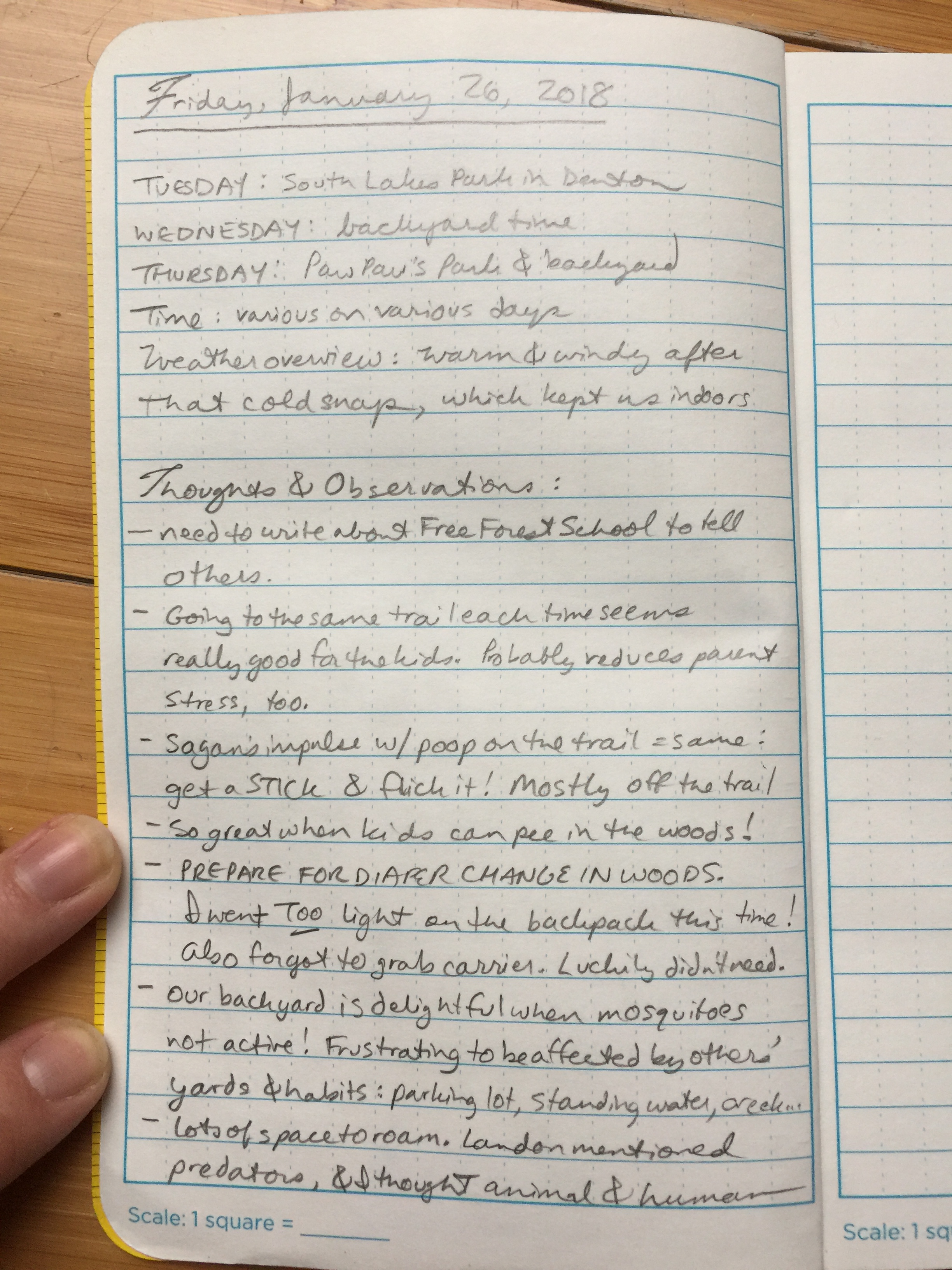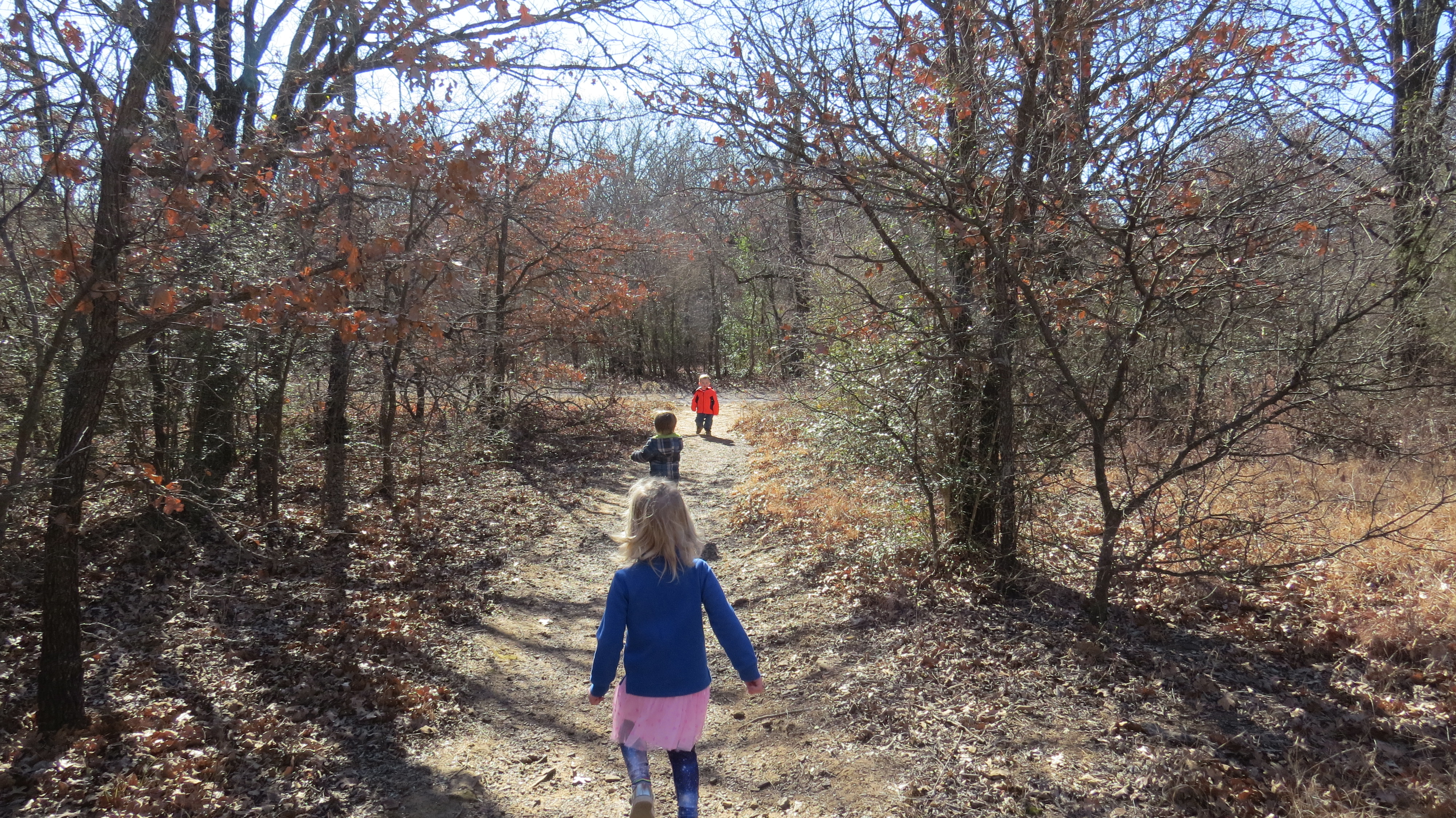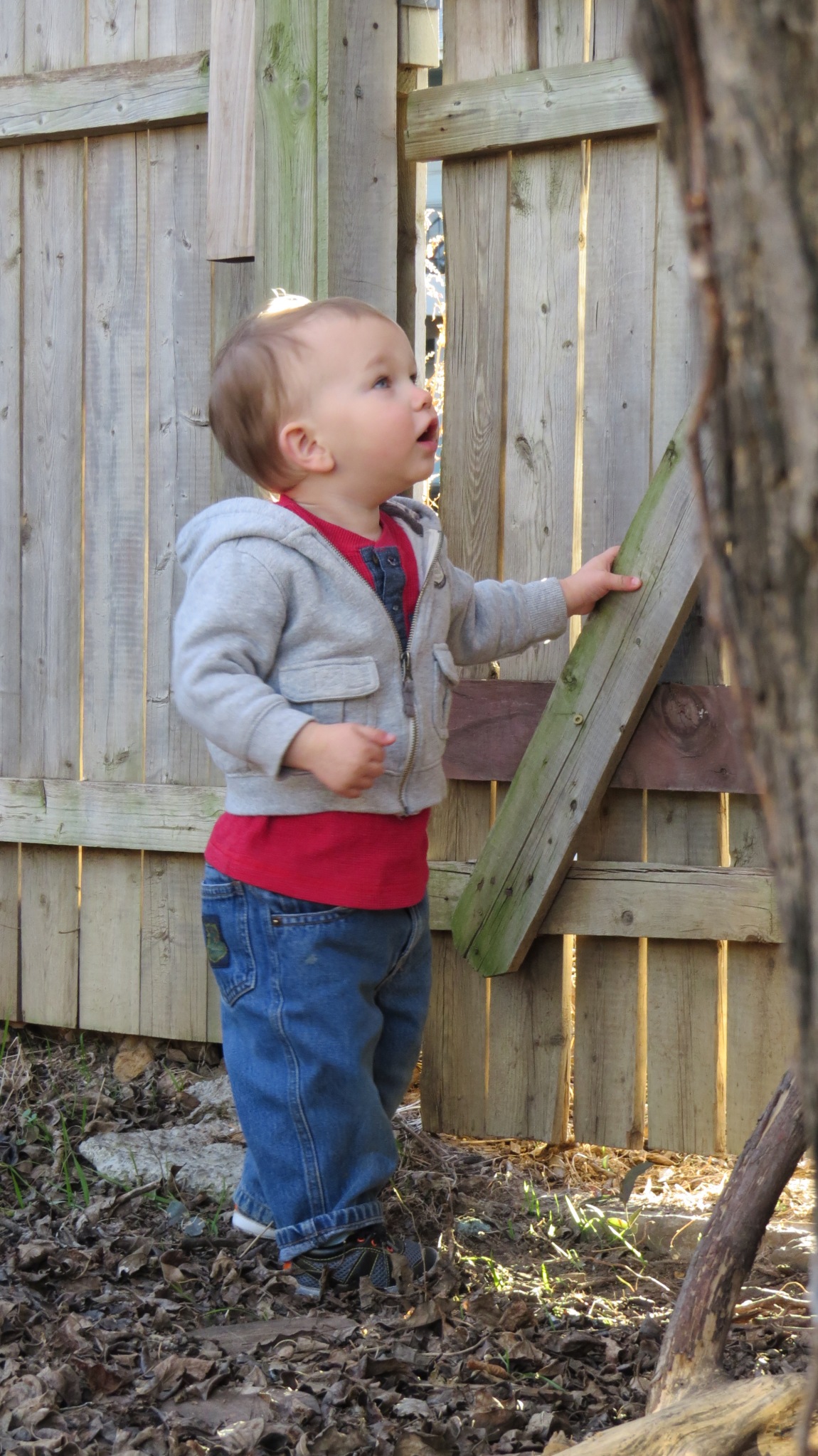Bear with me through the creepy part.
The documentary A Life On Our Planet is a gorgeous, cinematographic journey across the globe, as you’d expect from David Attenborough. But unlike other shows he’s hosted, this one is a relentless trek through time. Attenborough gives us a tour through nine decades, starting when he was a young explorer. He leads us across changing times as adeptly as he leads us across continents and ecosystems.
It’s not a memoir. It’s an alarm.
The stark black screens between sections of the documentary count down the percentage of the earth left wild, and count up the human population and the carbon in the atmosphere.

I emphasize hope in the title of this article because I feel compelled to; we know humans don’t feel motivated if they feel the situation is hopeless. But the first two thirds of this movie-length documentary are… Harrowing. Excruciating. …and beautiful.
David Attenborough’s observations throughout his extraordinary life and career match the scientific consensus. He embodies the anecdotal evidence, the story, the human face, of what disparate scientists and naturalists have been exclaiming for decades:
Humans are causing an extinction crisis.
And this one is a doozy, on par with all 5 previous mass extinctions. You’re probably familiar with the latest mass extinction – you know, the one that wiped out most of the dinosaurs.
For some reason, this image of the permafrost melting and the soil eroding disturbed me more than any other image in the documentary (and there were several tear-jerking scenes):

I couldn’t shake the comparison my sleepy brain leaped to: that of a zombie face, with some flesh still uncorrupt, but the inner workings starting to show, especially the teeth.
( I decided not to include artistic renditions of zombie faces in this post. You’re welcome. )
Let it be known that I do not like zombies; they’re one of my least favorite scary lore creatures, for reasons I’m sure I’ll cover another time. But this resemblance struck me. Maybe it’s because I was suffering with a migraine, which often makes me ponder the internal workings of my neck and head, the muscles and connective tissue. Perhaps I was primed by pain for a visual, metaphorical comparison with the human body.
But doesn’t this gash in the boreal forest look like the ruined cheek of a young person, with the verdant trees as the once-untouched skin, now damaged and exposing teeth and layers of flesh not meant to be viewed during life?
Are we turning the earth into a zombie?
We’re in crisis.
Big time.
But there’s hope. Attenborough lays out several key factors humans have control over and can take action on. But the most important one follows:
So, what do we do? It’s quite straightforward. It’s been staring us in the face all along. To restore stability to our planet, we must restore its biodiversity, the very thing that we’ve removed. It’s the only way out of this crisis we have created.
I confess: my mind raced when Attenborough paused before giving the one solution that could have been obvious all along. I had no idea what he was going to propose. With all the problems humans face, what could possibly be the answer to everything, or at least to the environmental crisis that threatens all of humanity and most life on the planet?
The answer: BIODIVERSITY.
The rewilding of the biosphere.
Biodiversity means diversity of life. The survival of LIFE itself depends on the intertwining of living systems on scales from global to molecular:
- multiple ecosystems,
- multiple species,
- multiple individuals within a species,
- and genetic variation between the individuals.
We need diversity – lots of it – at every level.
Diversity is a hedge against disaster. Diversity affords flexibility and resilience in the face of extreme challenges. Without biodiversity, entire ecosystems are in danger of imminent collapse. And in case that doesn’t sound important or resonant to you, ecosystem services include little things like food to eat and air to breathe.
How do we increase biodiversity? This is a ridiculously simplified plan, but here goes:
- Stop destroying habitat
- Stop killing species
- Restore habitat
- Restore species
- STOP PUMPING CARBON INTO THE ATMOSPHERE
There’s more (much more) about the solutions to explore, in the documentary and beyond. But I still intend to keep most of these essays short(ish). Until I write again, please – consider watching the documentary, and definitely keep in touch with your hope, and connect to your natural heritage: the biosphere which gave you birth, and sustains you, and now needs you to act to preserve it.
Compassion and cosmic perspective to you.
Message to my beloved readers ~
It’s been a long time since I’ve written, but I’ve been thinking about you. You, who engage with my words and thoughts, and may even take inspiration for improving life for all. Thank you. Thank you for being here. Hopefully you feel like we’re on this journey together; that’s how I feel. If you’re new here, welcome. Let’s change the world for the better.


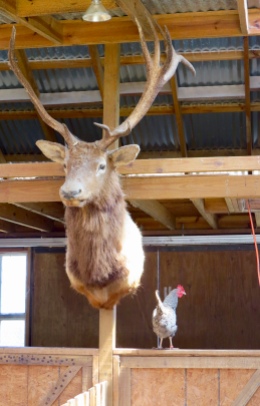













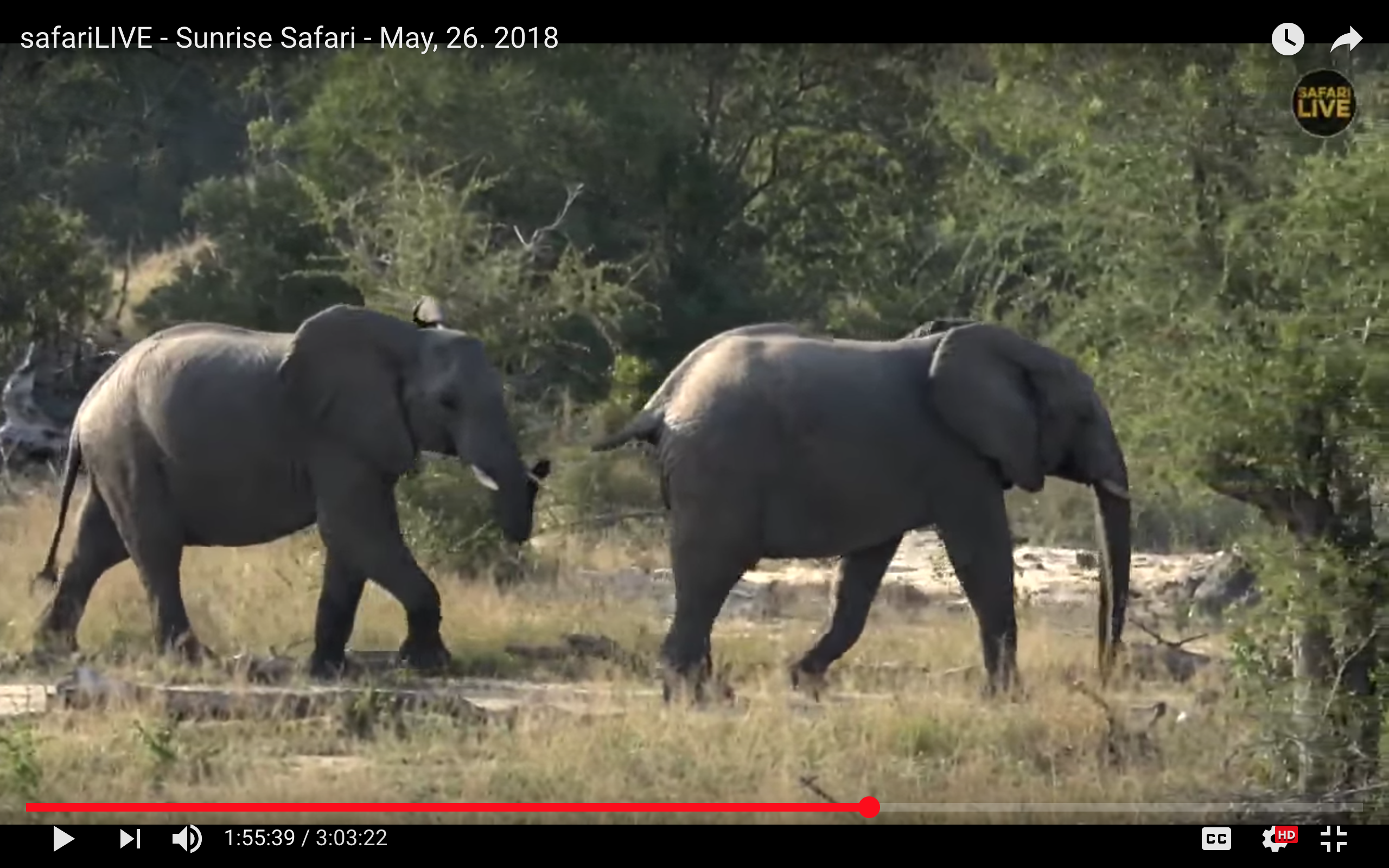





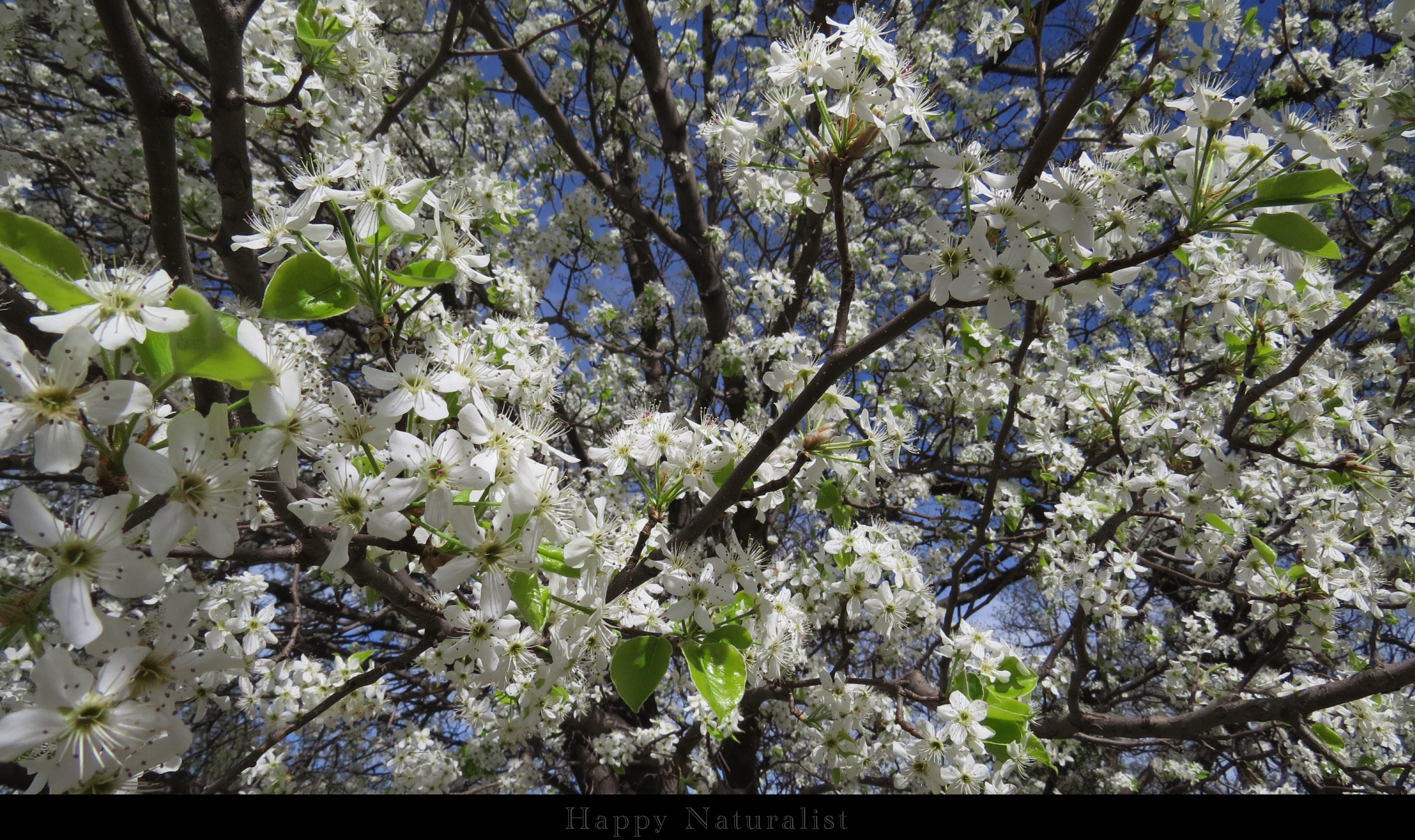




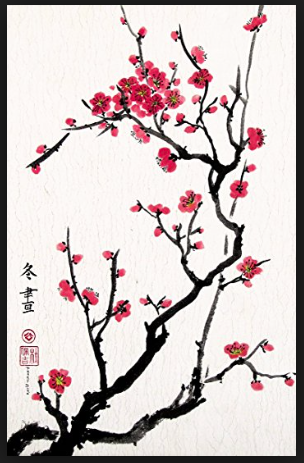




 And here’s the sunshine:
And here’s the sunshine:
